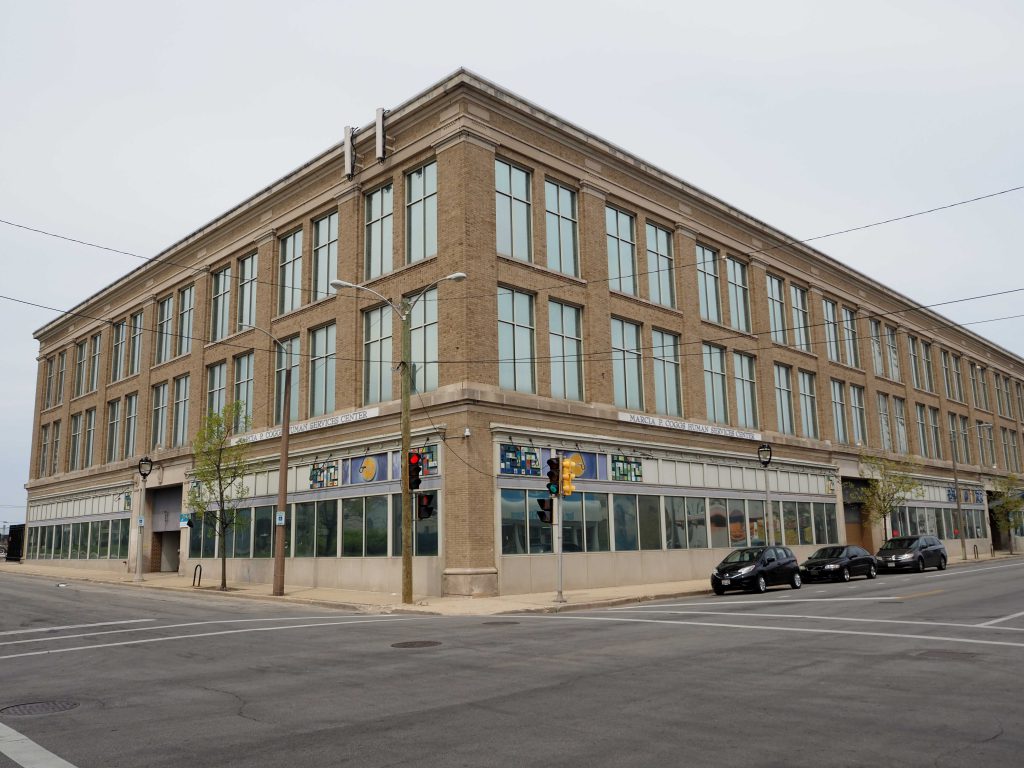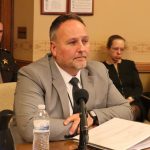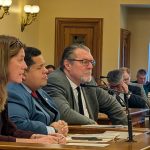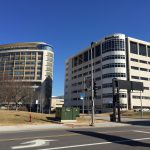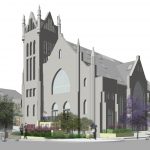Vliet Street Reconstruction Gets Federal Funding
Plus: Humboldt reconstruction nearly 50% over budget and the future of Highway 175.
The 2021 Bipartisan Infrastructure Law is allowing the City of Milwaukee to move forward on an indefinitely-delayed project, but at a substantially increased cost.
The Department of Public Works has sought to do a full reconstruction of W. Vliet St. between N. 12th St. and N. 27th St. for nearly a decade. Design work on the project began in 2014 after the state agreed to allocate federal funds to pay for a portion of the engineering and construction costs. Construction was to begin in 2017. The street is an arterial route into the northwestern corner of Downtown.
With design work complete, the city shelved the project and instead used its high-impact paving program (HIPP) to replace the top layer of the roadway. Chrisbaum said that was done, in part, to handle expected traffic flows with people coming and going from Downtown during the Democratic National Convention. HIPP projects are expected to last 10 to 15 years.
Then in November, Congress passed the $1.2 trillion Bipartisan Infrastructure Law. It reauthorized a number of federal transportation programs for four years and increased their funding, in addition to funding new programs. The allocation formula for federal surface transportation program funds resulted in the Milwaukee area receiving between $8 million and $10 million more per year. But, most importantly for the Vliet Street project, it also required the first year of funding to be spent by September 2022.
According to a council resolution, the project is now expected to cost up to $10 million with a $3.6 million city share, an amount only $500,000 less than the original estimate for the entire project.
Now DPW must move quickly to get the contract out. “We have to deliver the final specs and estimates in a few weeks,” said the engineer.
Alderman Robert Bauman, who represents the south side of Vliet Street, asked if the design could be changed to reflect evolving strategies on traffic calming. “The design is locked in,” said Chrisbaum. But he said curb bump-outs were included that would prevent passing on the right. He also said the pedestrian accommodations would be a lot better.
The eastern portion of the street passes in front of the Marcia P. Coggs Human Services Center. “Right now, it’s not ADA-complaint getting in and out of that building,” said Chrisbaum. New curb ramps would improve accessibility and new sidewalks would improve conditions for pedestrians. Street lighting, including the underground circuitry, would also be entirely replaced along the entire stretch of road. The street also passes King Park and the planned McKinley School redevelopment. Milwaukee County Transit System‘s Route 33 runs along the street.
Ald. Russell W. Stamper, II, who represents the north side of the street, asked why the project was being rushed if the new pavement was put down.
“It was a pretty big win for the city to get this project after so many years of not having a successful bid,” said Chrisbaum.
Construction work would take place in 2023.
Stamper said that residents would be happy with the finished product, but not the construction. He said communication with the residents was important. “To lessen the unhappiness, let me tell them what is going to happen on time,” he said. Chrisbaum promised DPW would follow up.
Getting “Shovel Ready” For Other Projects
The committee also endorsed up to $1.2 million in borrowing to try to get other streets in the queue. The money would be used to design 10 additional paving projects with the hopes of getting the first batch approved by SEWRPC in July. The completed design work could also be used to seek other funding sources in the future.
The Bipartisan Infrastructure Law also included a number of new programs such as a carbon reduction program and a reconnecting neighborhoods program. Chrisbaum said one idea the city would explore is leveraging one of the programs to pay for reconfiguring the Wisconsin State Highway 175, a freeway spur between the Stadium Interchange and W. North Ave. A growing number of individuals have called for replacing it with a surface-level boulevard and reconnecting the surrounding neighborhoods, and city officials have publicly discussed changes.
Humboldt Boulevard Cost Increase
There is no silver lining to the third road borrowing item the committee discussed: the escalating cost of rebuilding 1.5 miles of N. Humboldt Blvd. in Riverwest.
The original cost estimate was established in a 2016 agreement with WisDOT and construction was to take place in 2020. The city delayed and reconfigured the project. DPW and area Alderman Nik Kovac evaluated options to include protected bike lanes in the corridor, before stripping that portion of the plan in 2021.
The majority of the construction work is scheduled to be completed in 2022, with the remainder finished by May 2023.
The committee unanimously recommended approval of up to $9 million in borrowing to cover all three uses. The full council is scheduled to consider the proposal in two weeks.
If you think stories like this are important, become a member of Urban Milwaukee and help support real, independent journalism. Plus you get some cool added benefits.
More about the Highway 175 Redesign
- A Final Public Meeting On Converting Stadium Freeway to Boulevard - Jeramey Jannene - Apr 1st, 2025
- Transportation: WisDOT Releasing New Freeway-to-Boulevard Designs in April - Graham Kilmer - Jan 22nd, 2025
- See The Design Concepts To Replace Stadium Freeway - Jeramey Jannene - May 1st, 2024
- Public Meeting On Freeway-To-Boulevard Project - Jeramey Jannene - Apr 26th, 2024
- Transportation: West Side Freeway-to-Boulevard Study Advances - Jeramey Jannene - Mar 27th, 2023
- Wisconsin Loses Out on Stadium Freeway Grant - Jeramey Jannene - Mar 1st, 2023
- Transportation: Should Milwaukee Remove A Second Freeway? - Jeramey Jannene - May 4th, 2022
- Supervisor Burgelis Encourages Public Participation in Highway 175 Study - Sup. Peter Burgelis - May 4th, 2022
- City Hall: Vliet Street Reconstruction Gets Federal Funding - Jeramey Jannene - Apr 27th, 2022
- Eyes on Milwaukee: City Moves Forward on Highway 175 - Jeramey Jannene - May 30th, 2017
Read more about Highway 175 Redesign here
Transportation
-
Congestion Pricing Cuts Air Pollution in New York City
 Dec 14th, 2025 by Jeff Wood
Dec 14th, 2025 by Jeff Wood
-
FTA Tells Milwaukee to Crack Down on Fare Evasion — Even Where Fares Don’t Exist
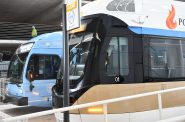 Dec 12th, 2025 by Graham Kilmer
Dec 12th, 2025 by Graham Kilmer
-
Will GOGO’s Bus Service Ever Get Going?
 Dec 9th, 2025 by Jeramey Jannene
Dec 9th, 2025 by Jeramey Jannene


